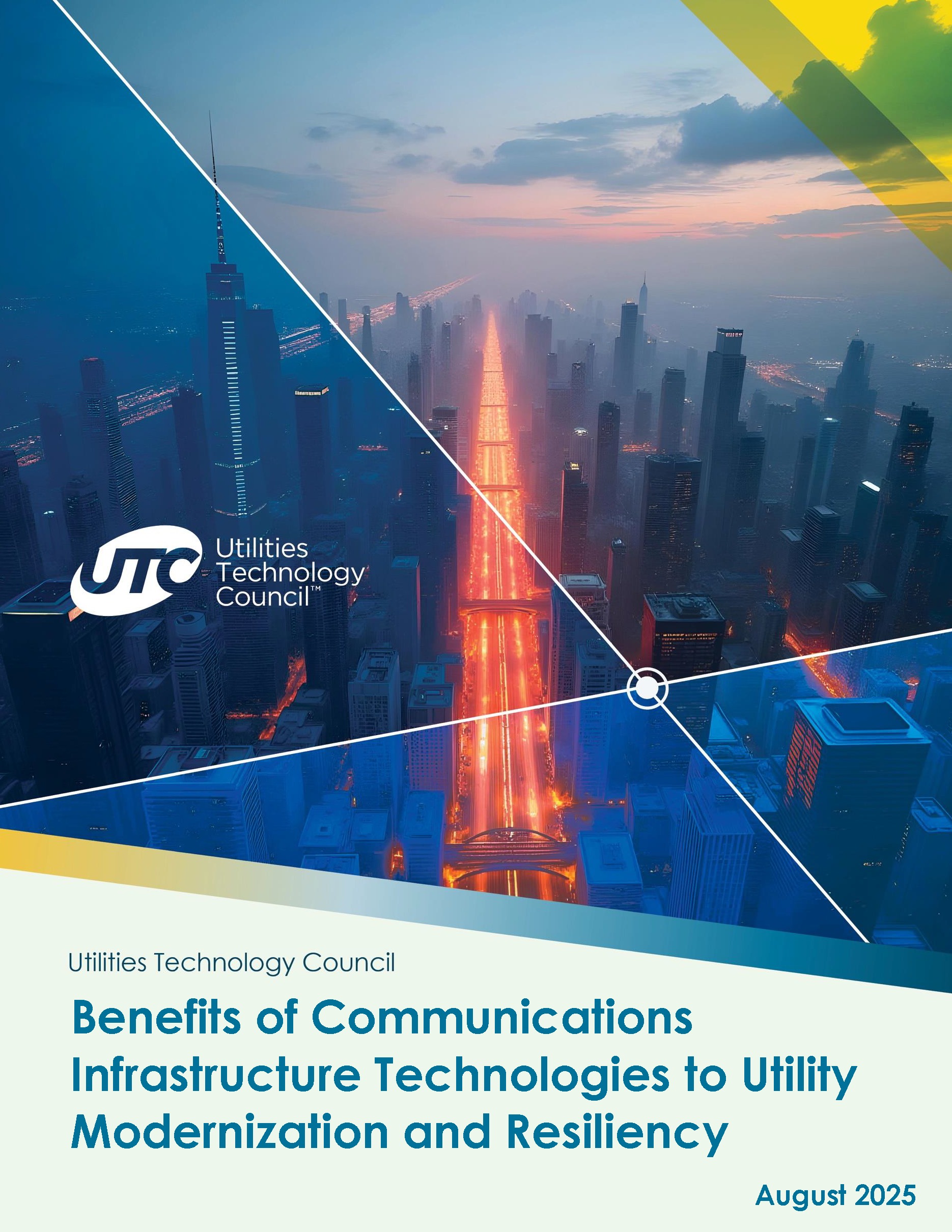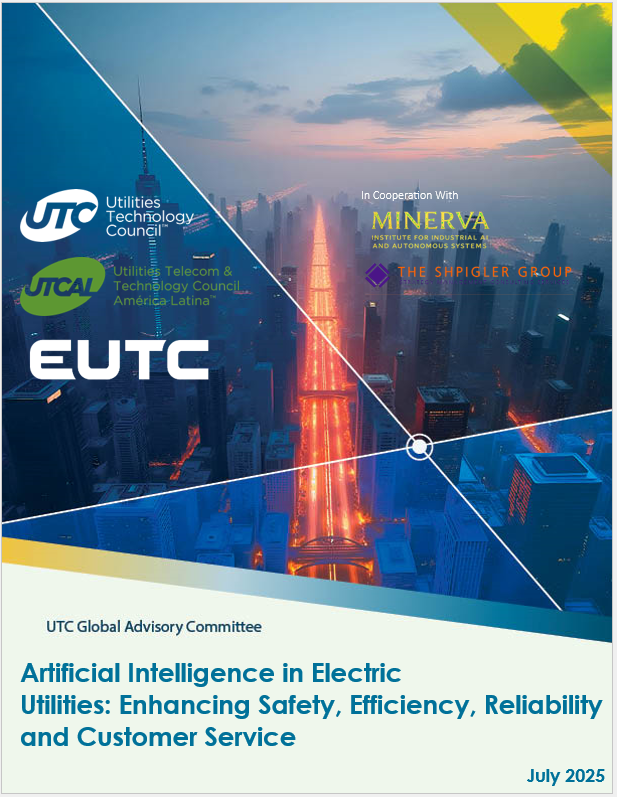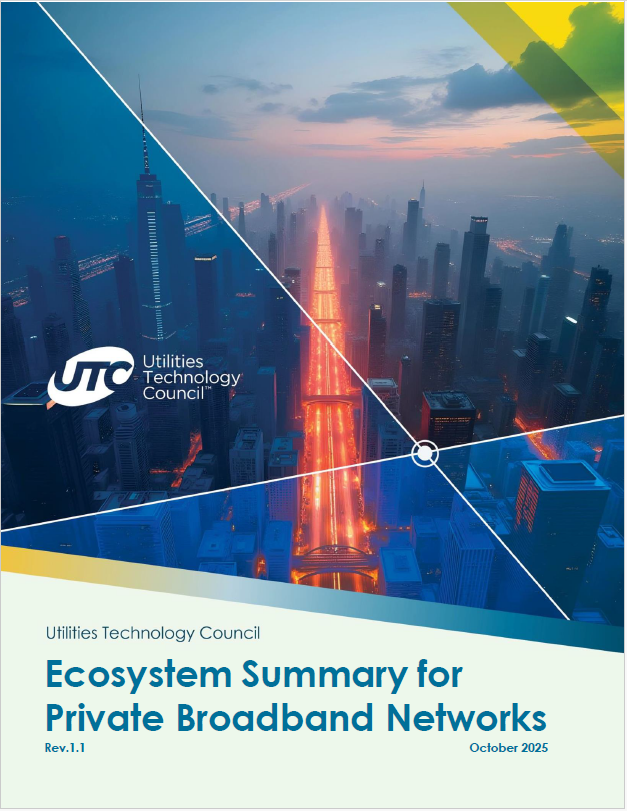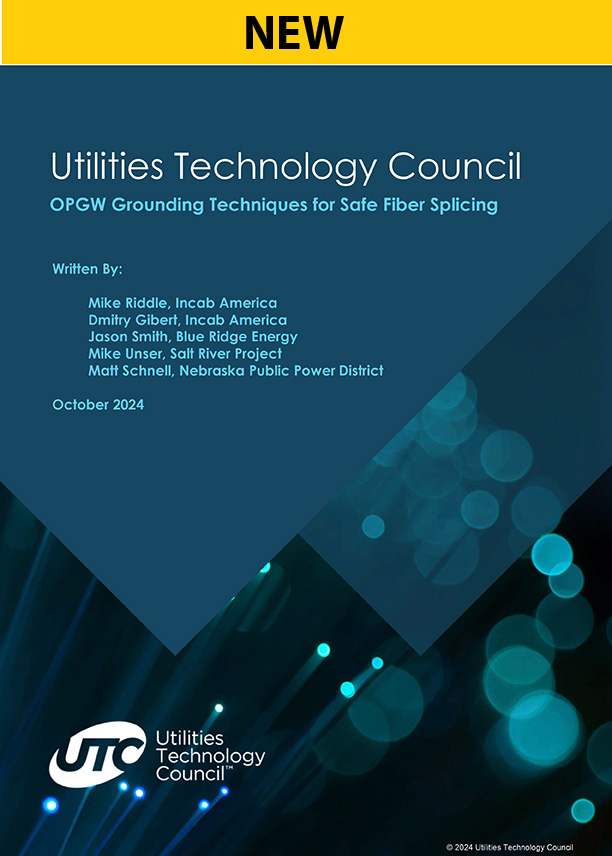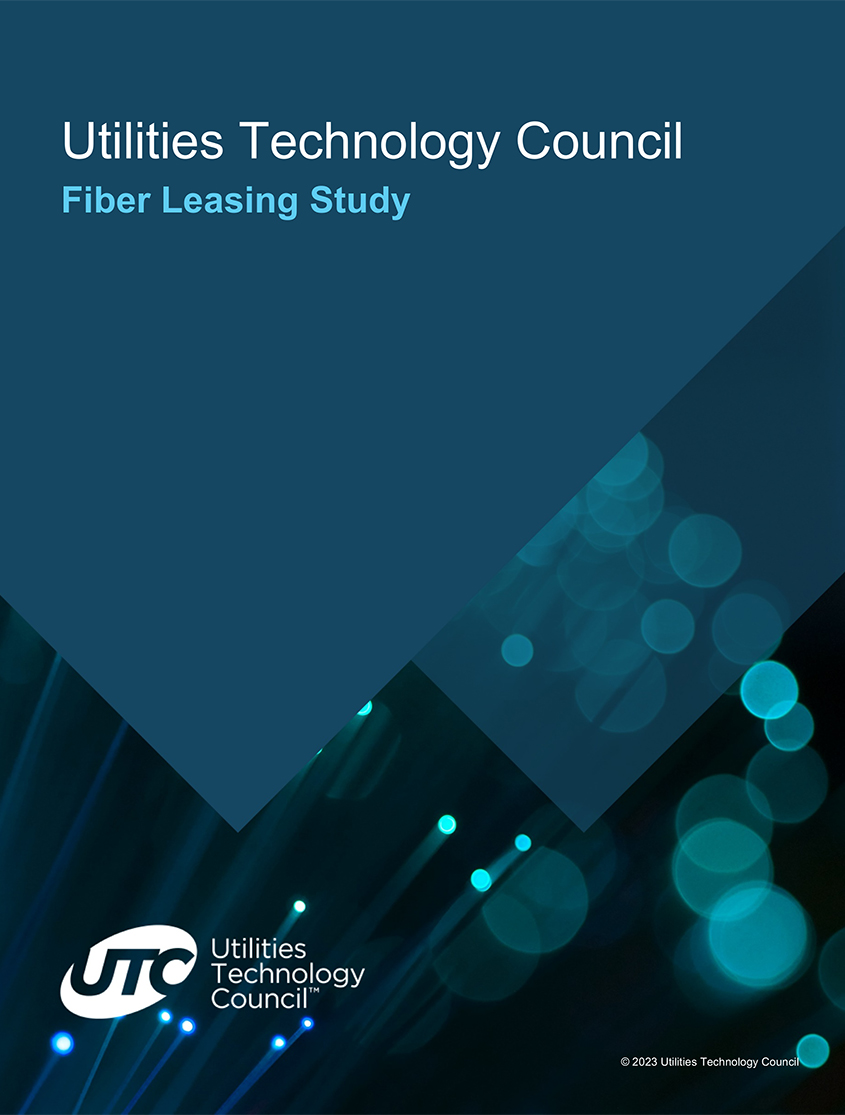Resources
UTC surveys our members, other utilities and subject matter experts from around the world to provide meaningful industry research reports.
Ongoing research efforts allow us to keep growing and refreshing our offerings. UTC Research Reports are available to purchase at a large discount for our member utilities and at full price for non-members. Click each image below to learn more about the research and pricing options.
Check out all the past UTC research available to purchase by clicking here.
